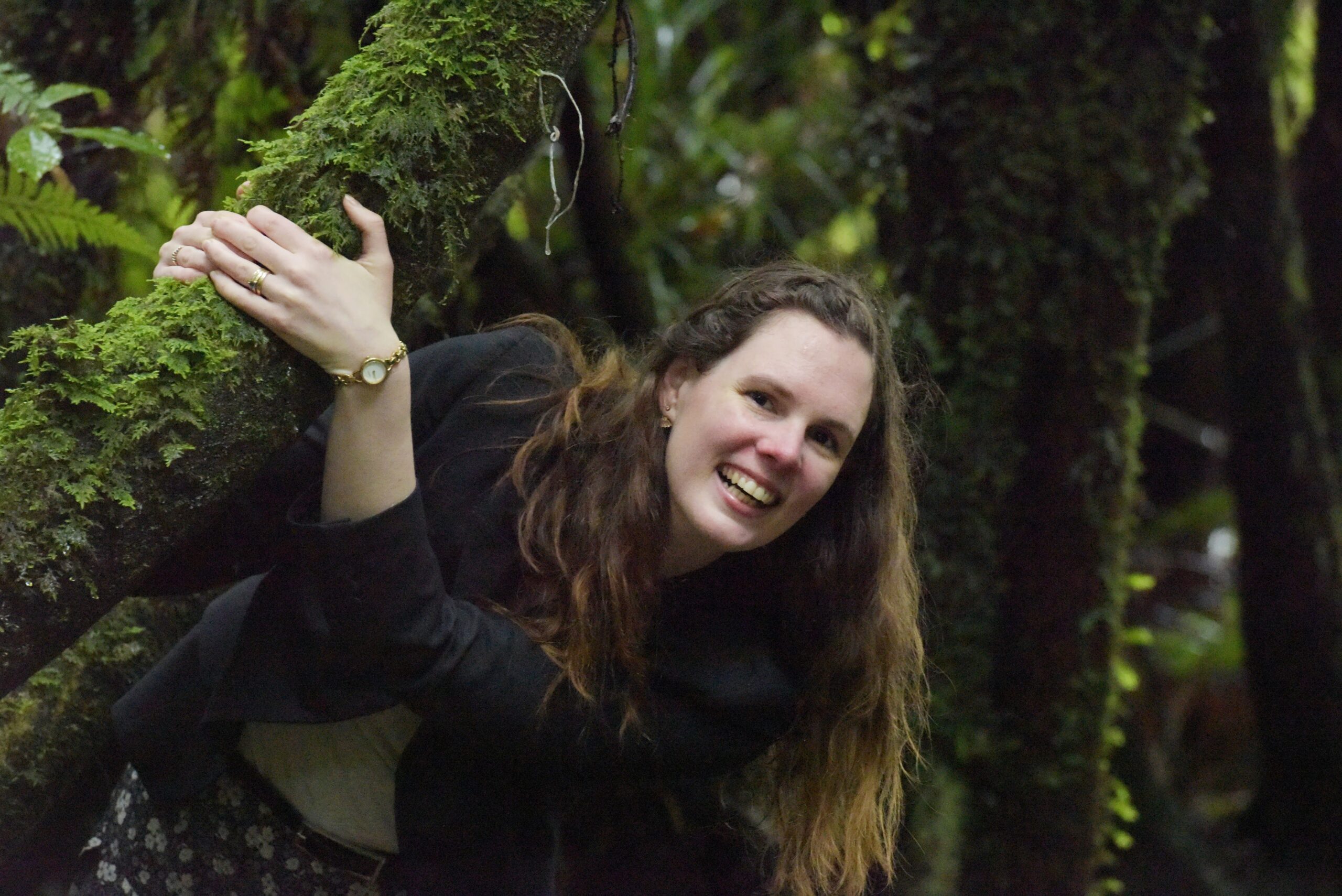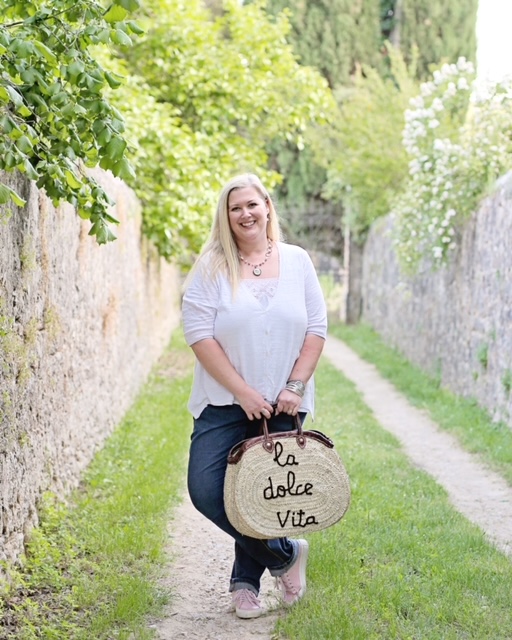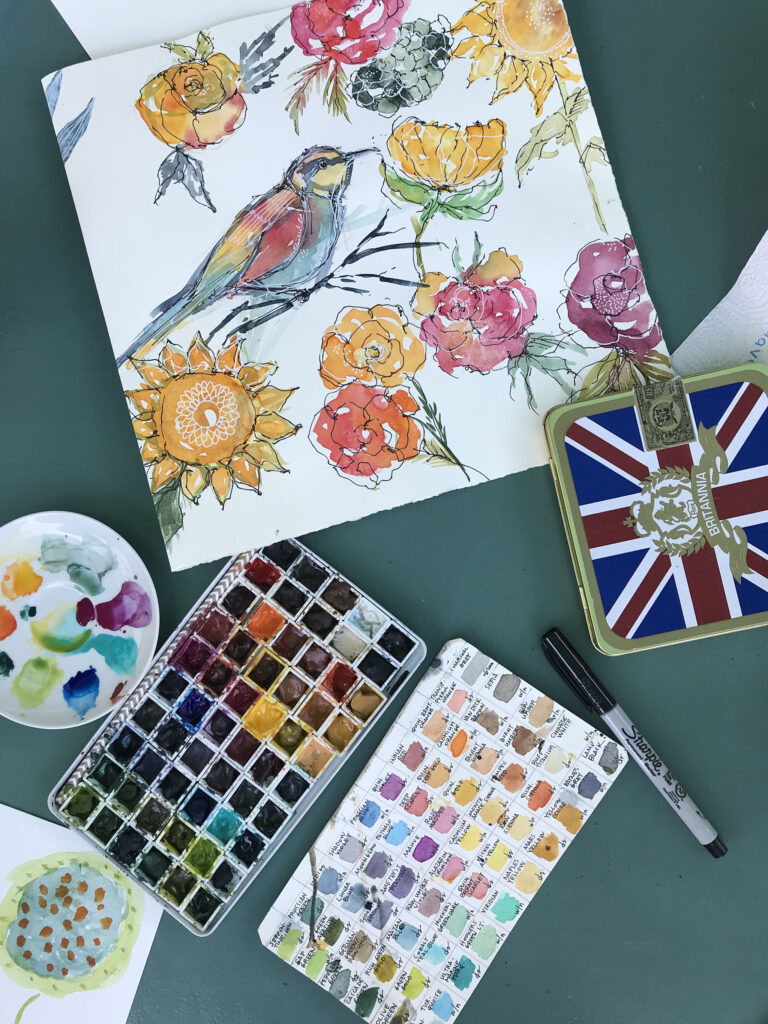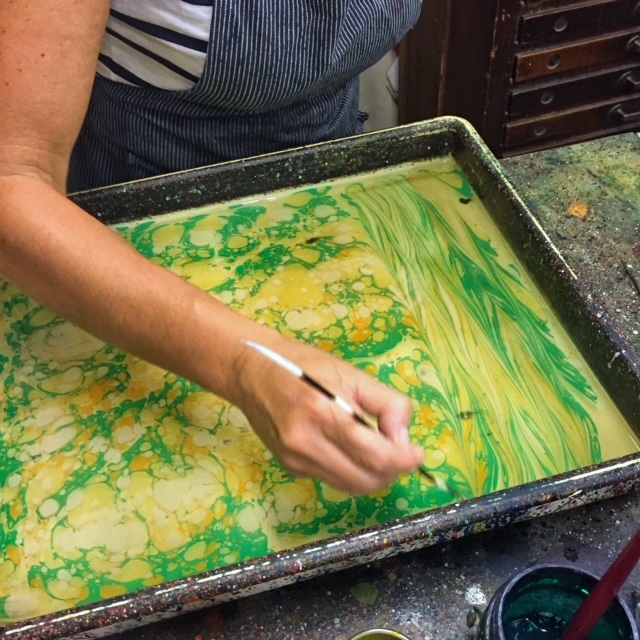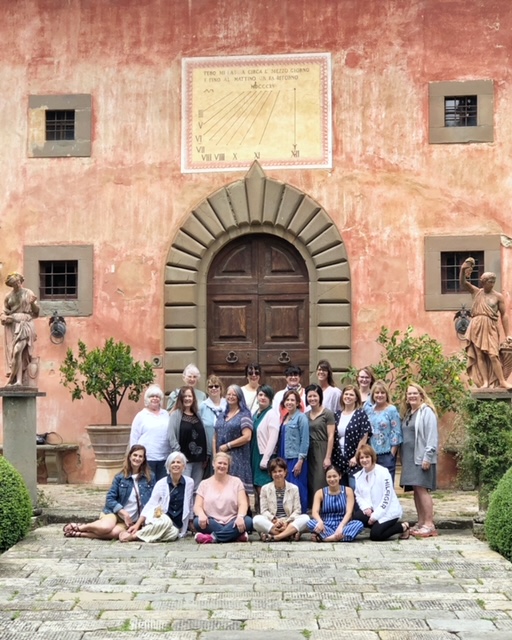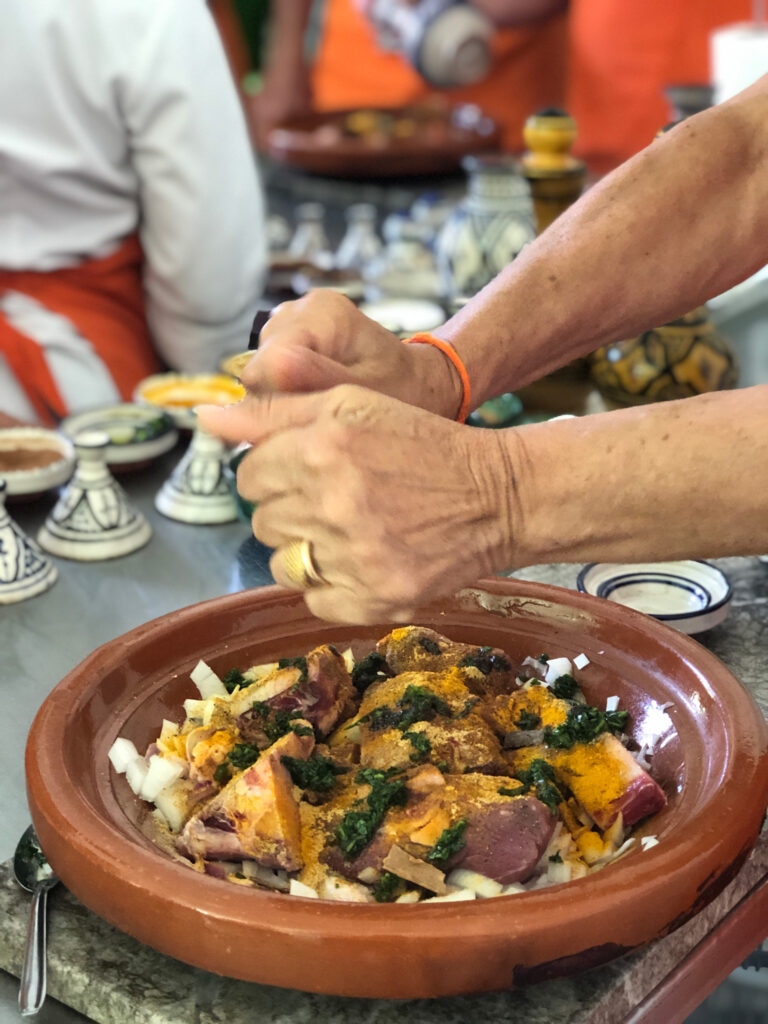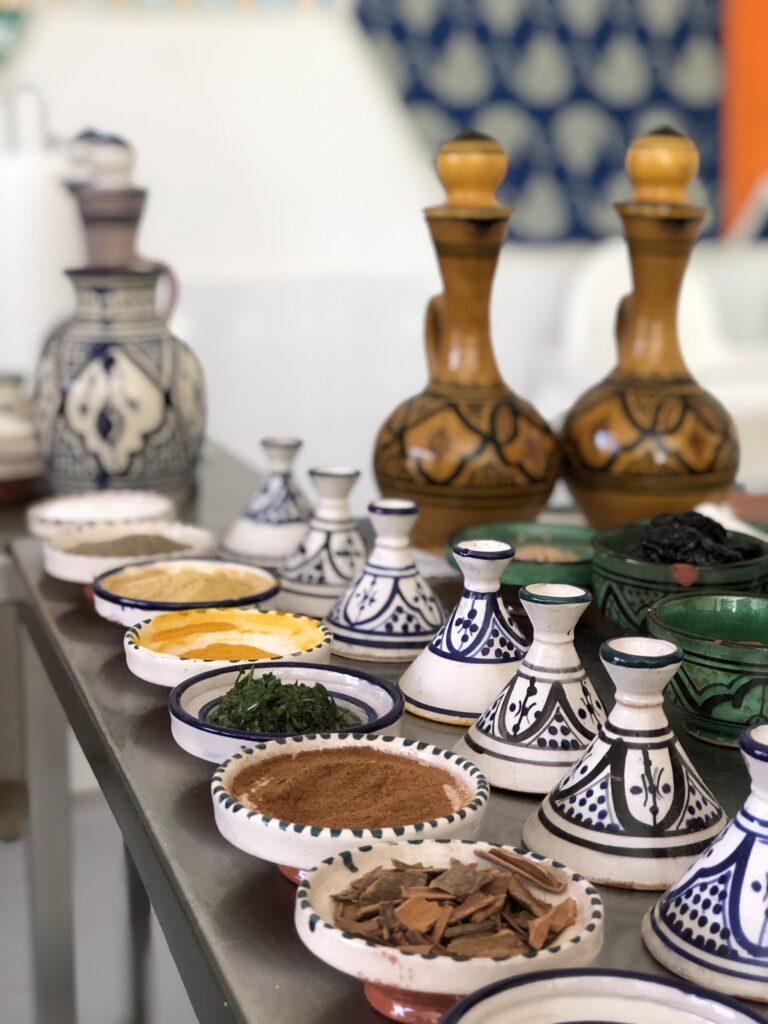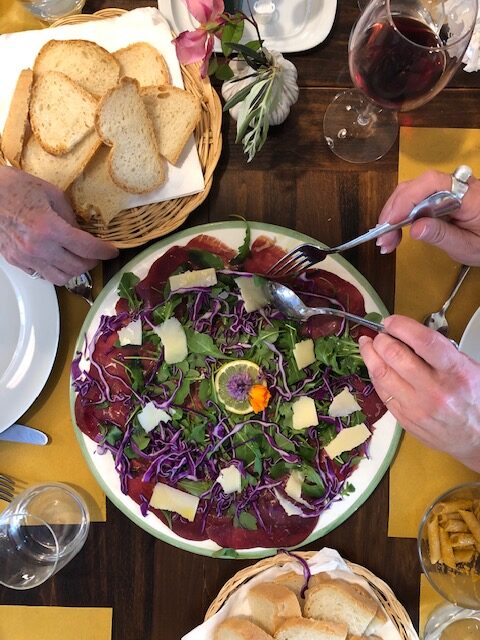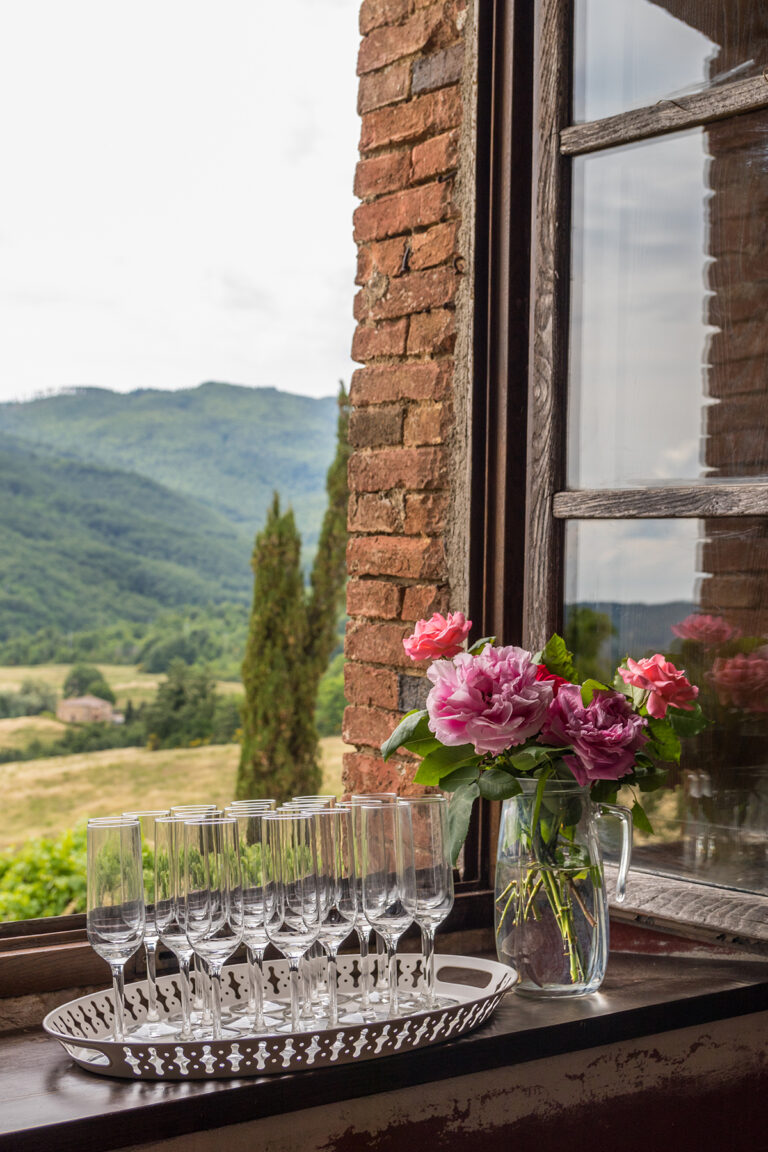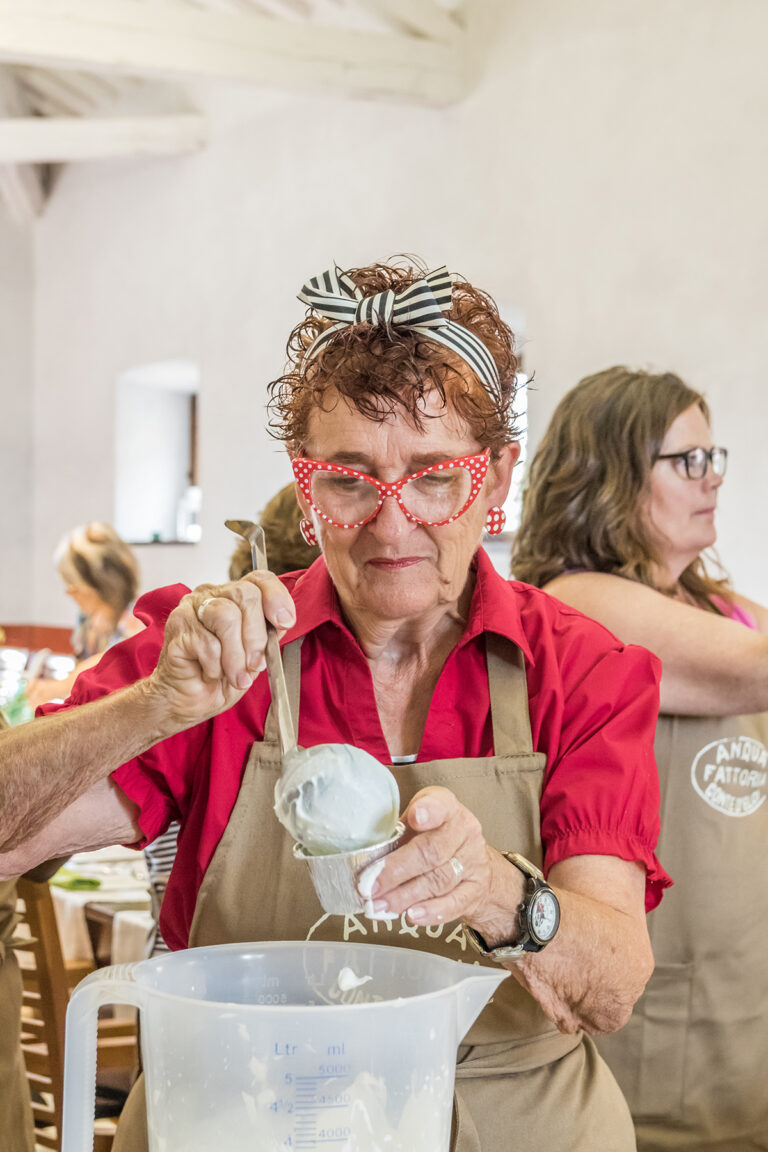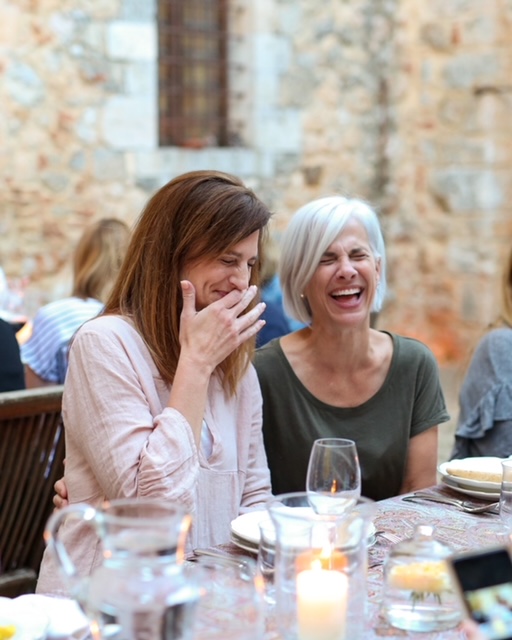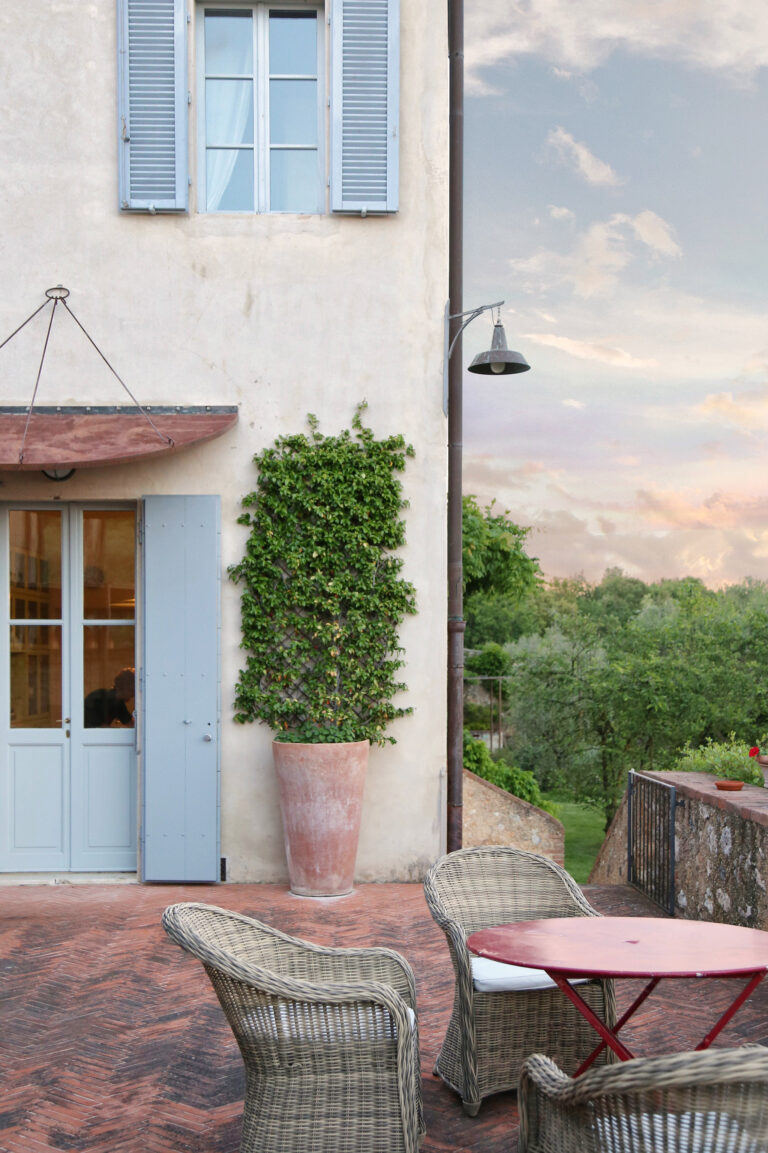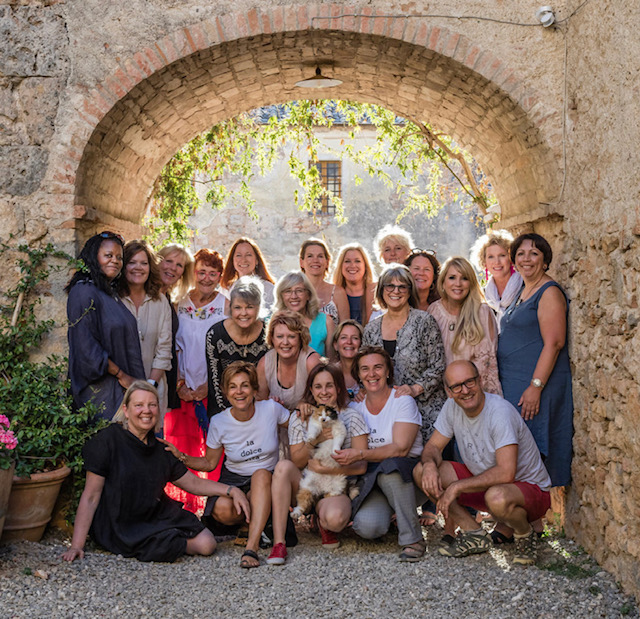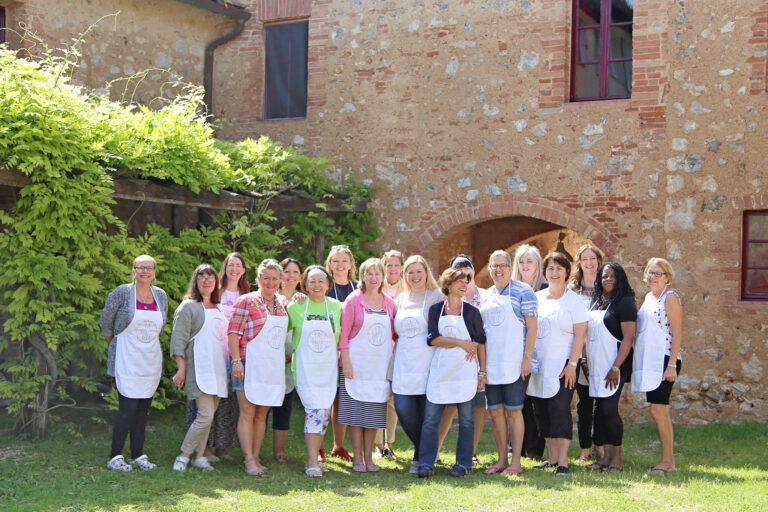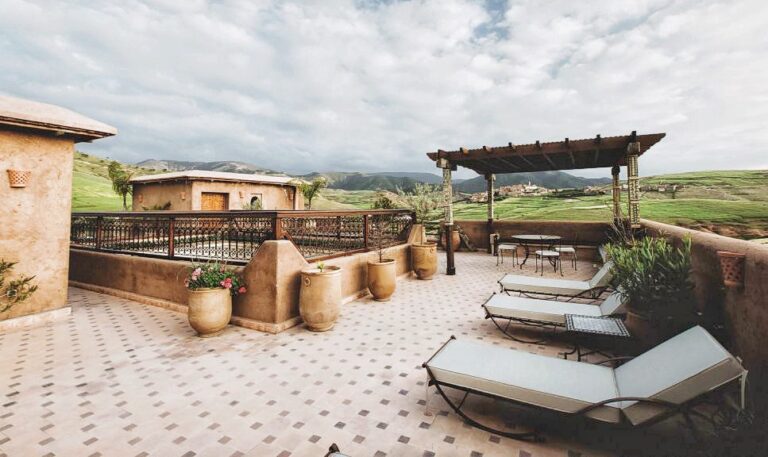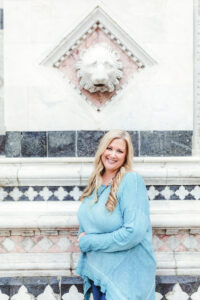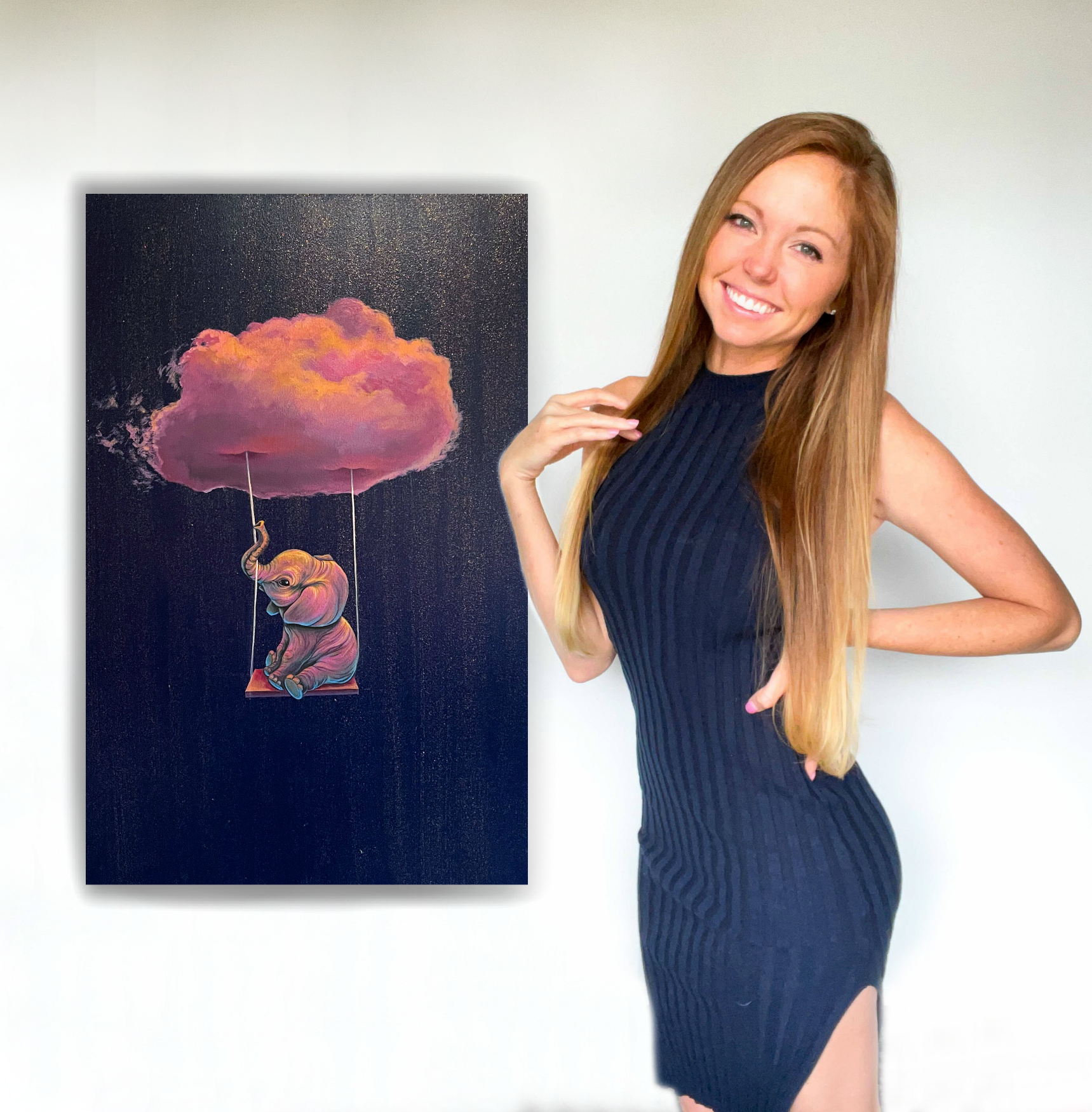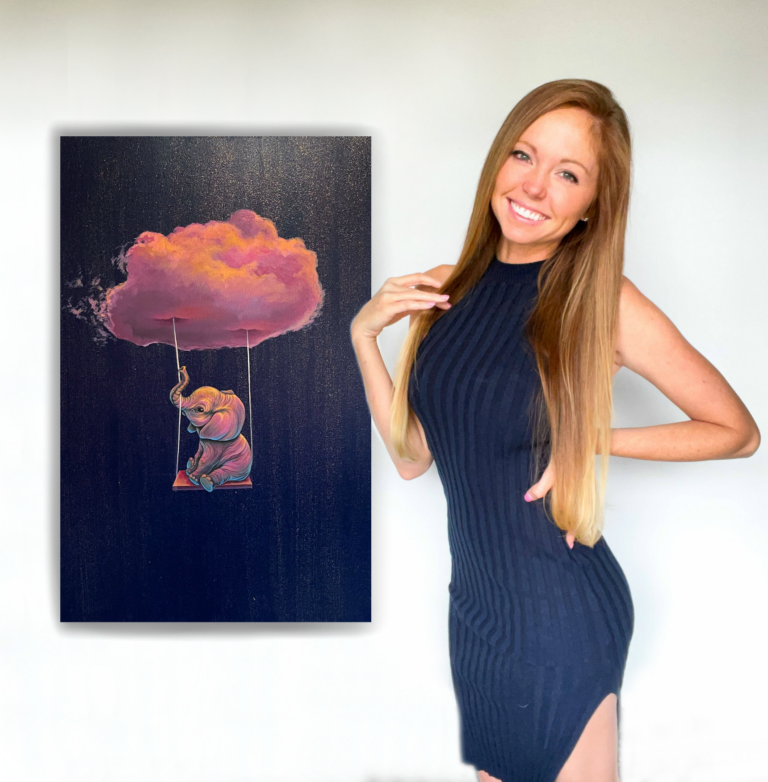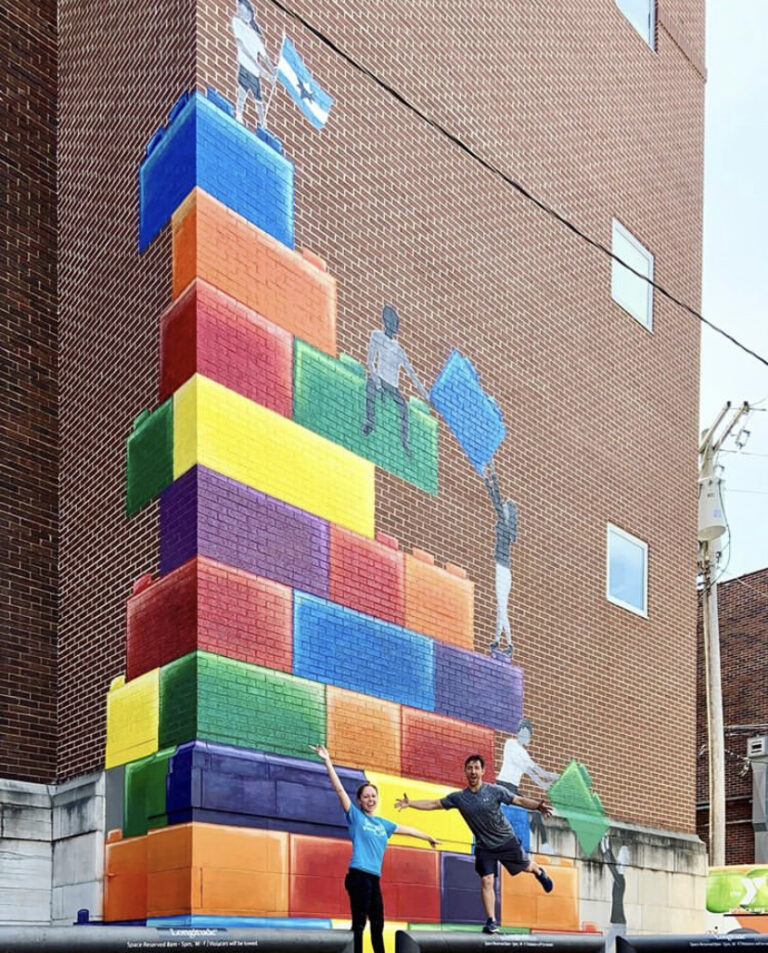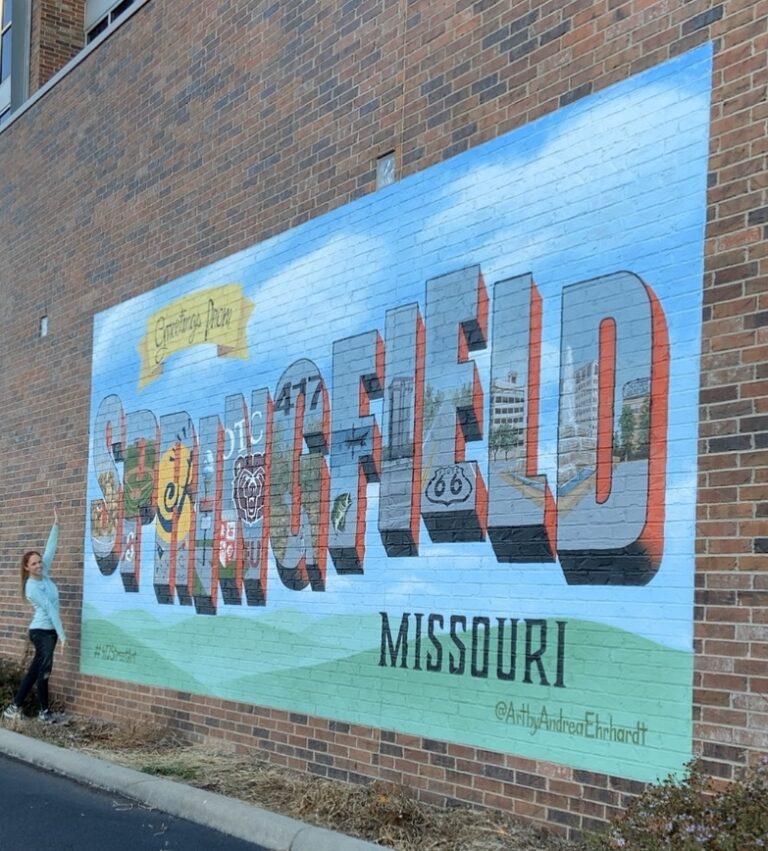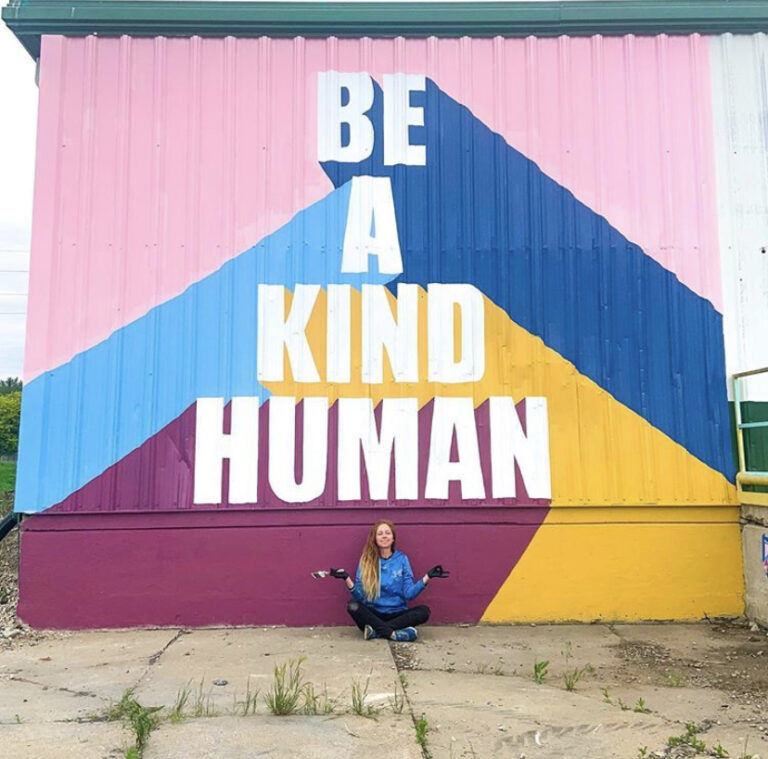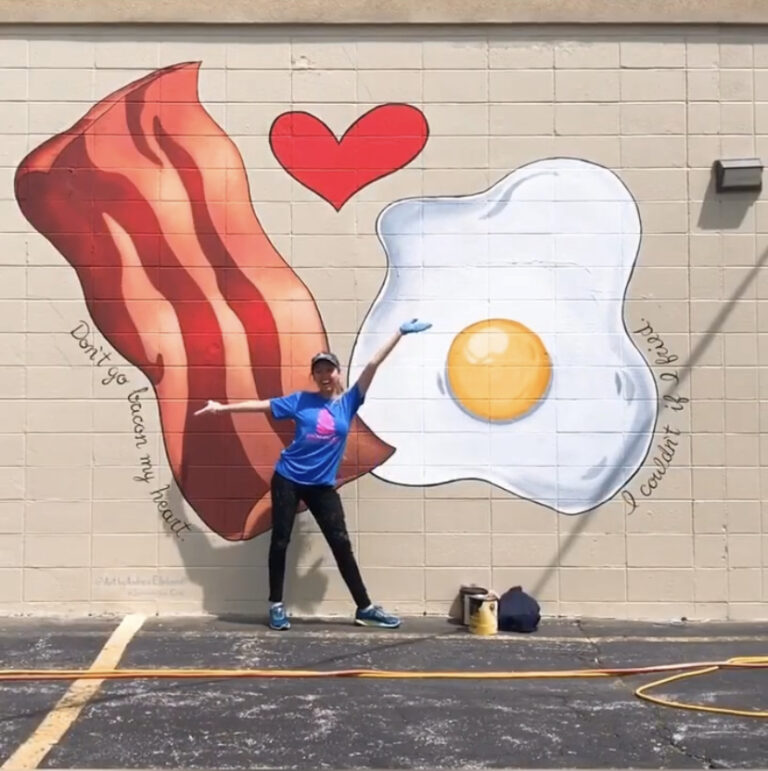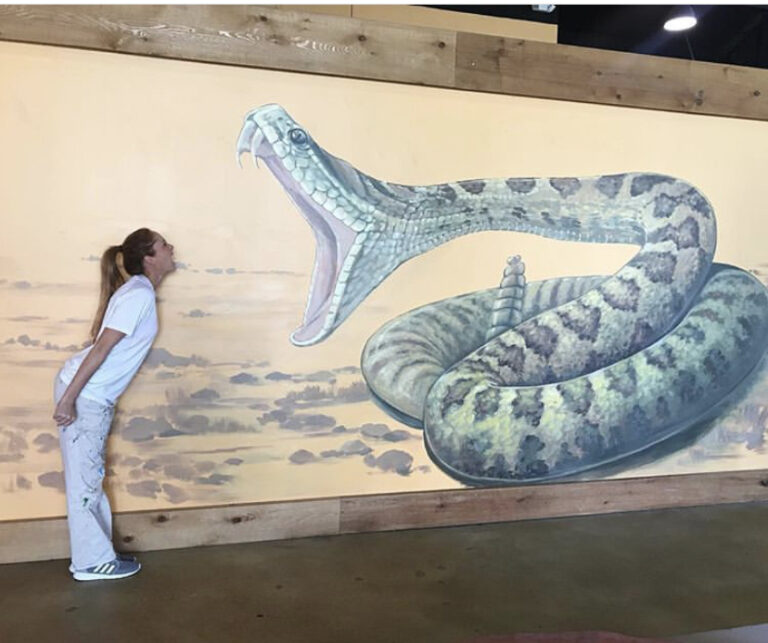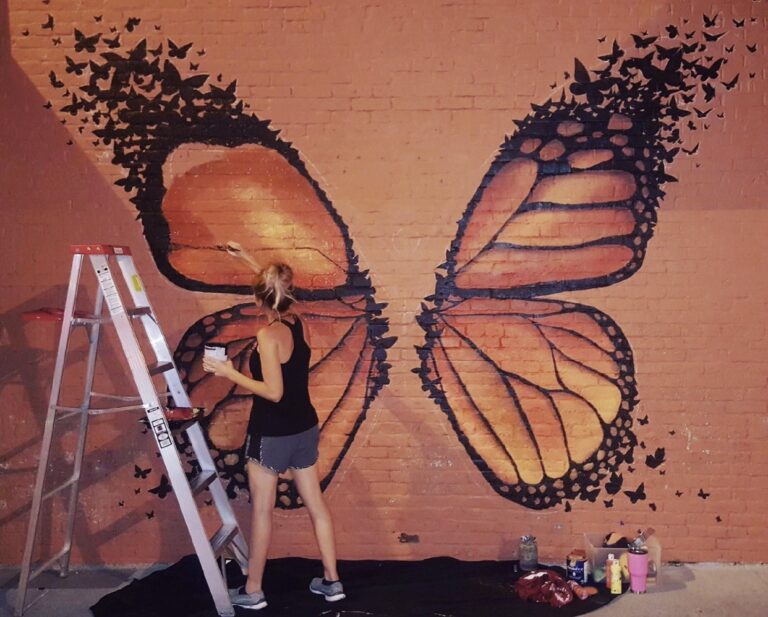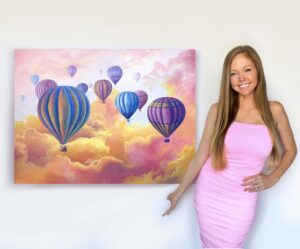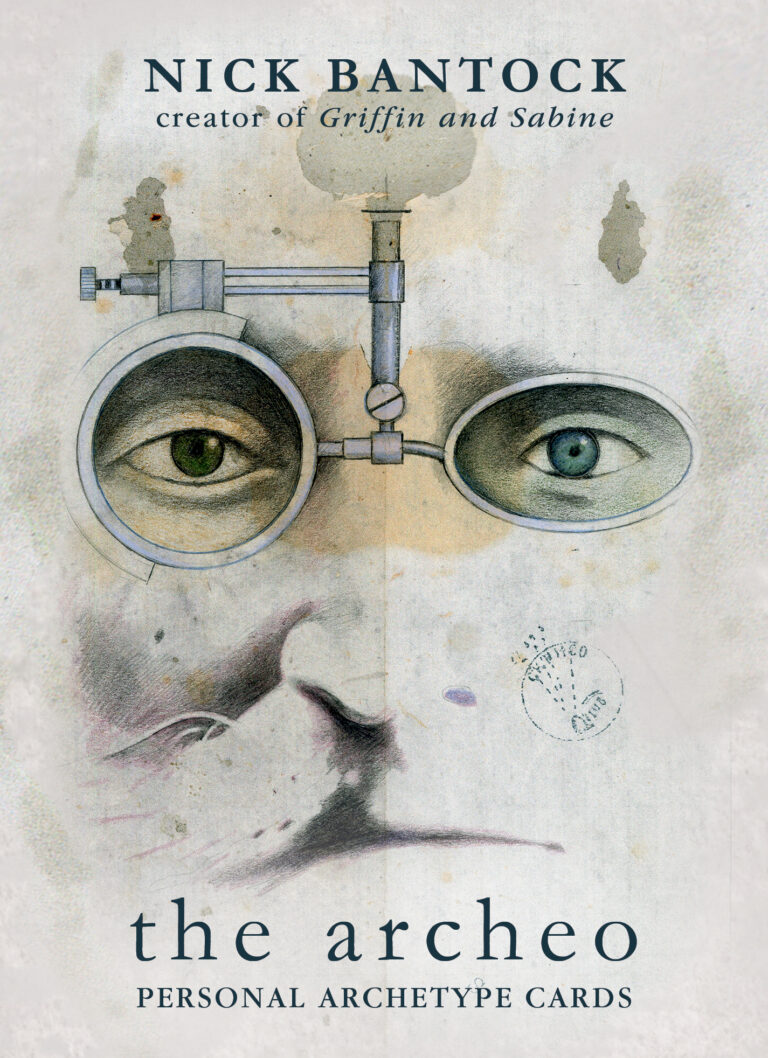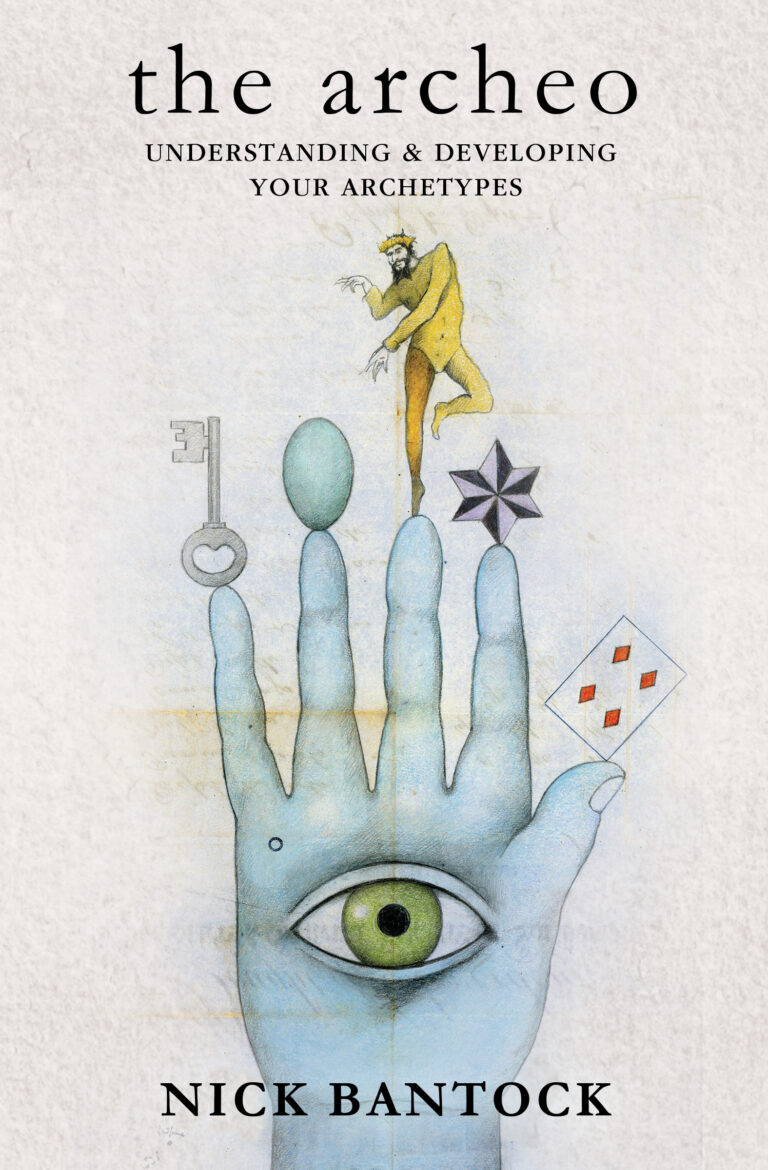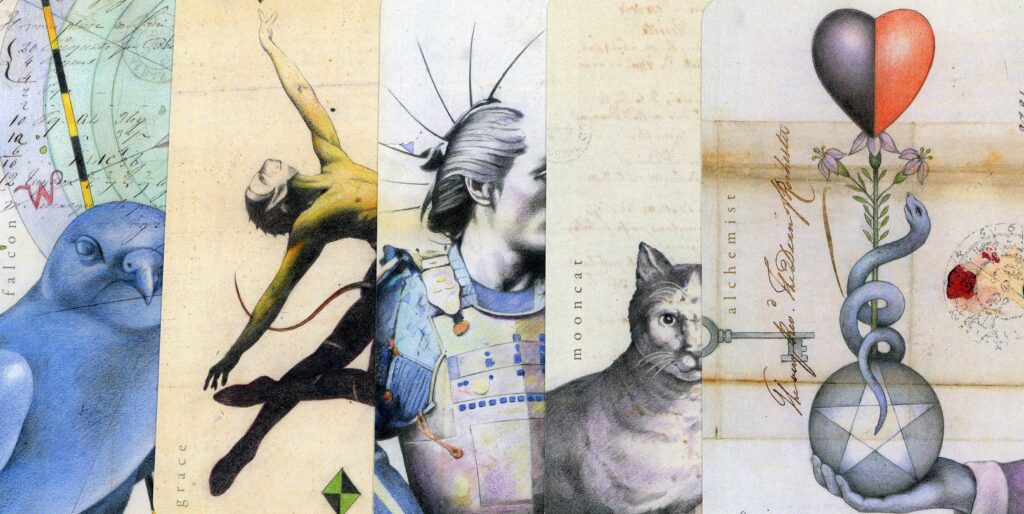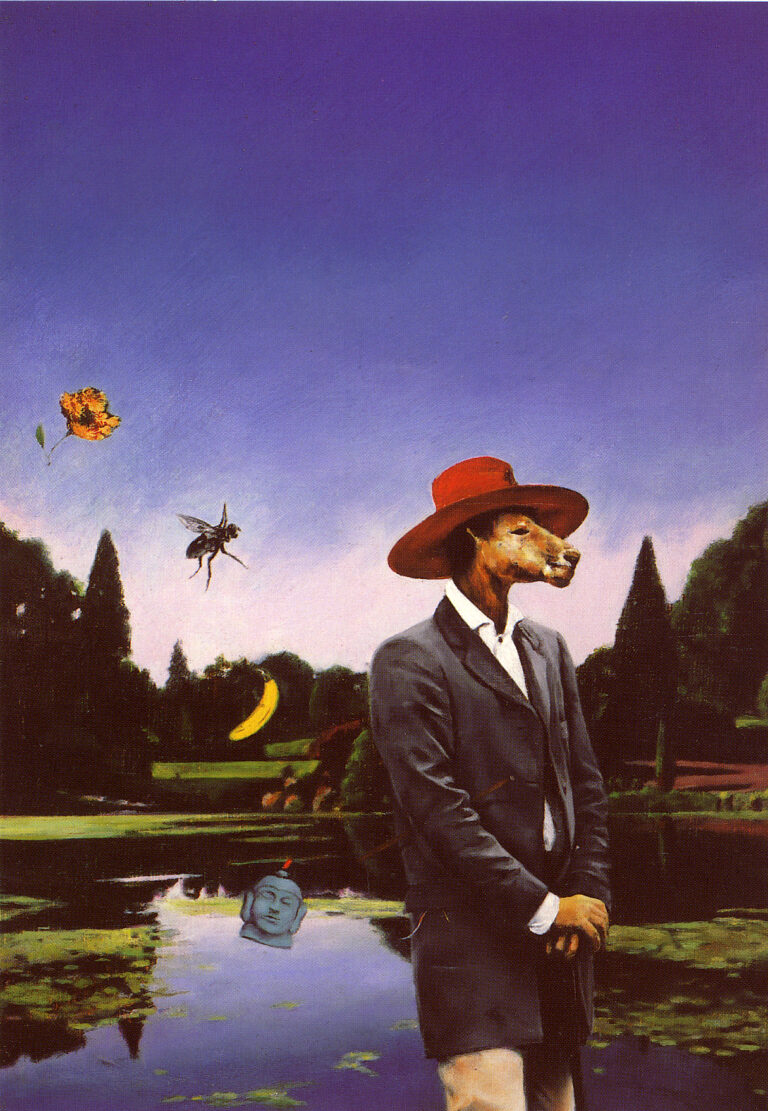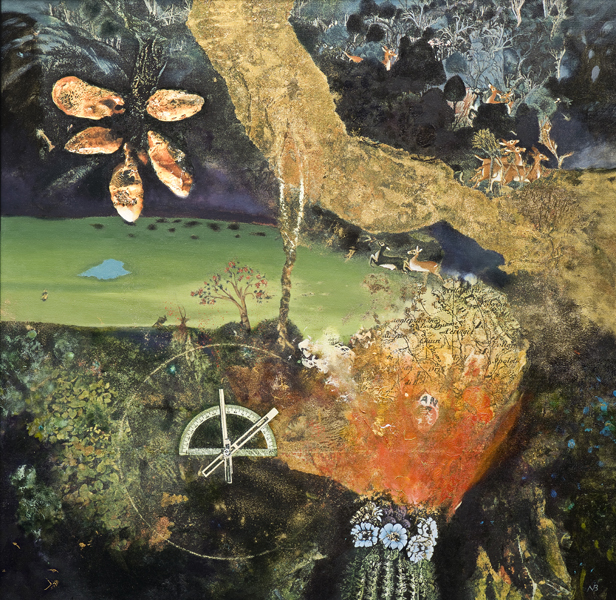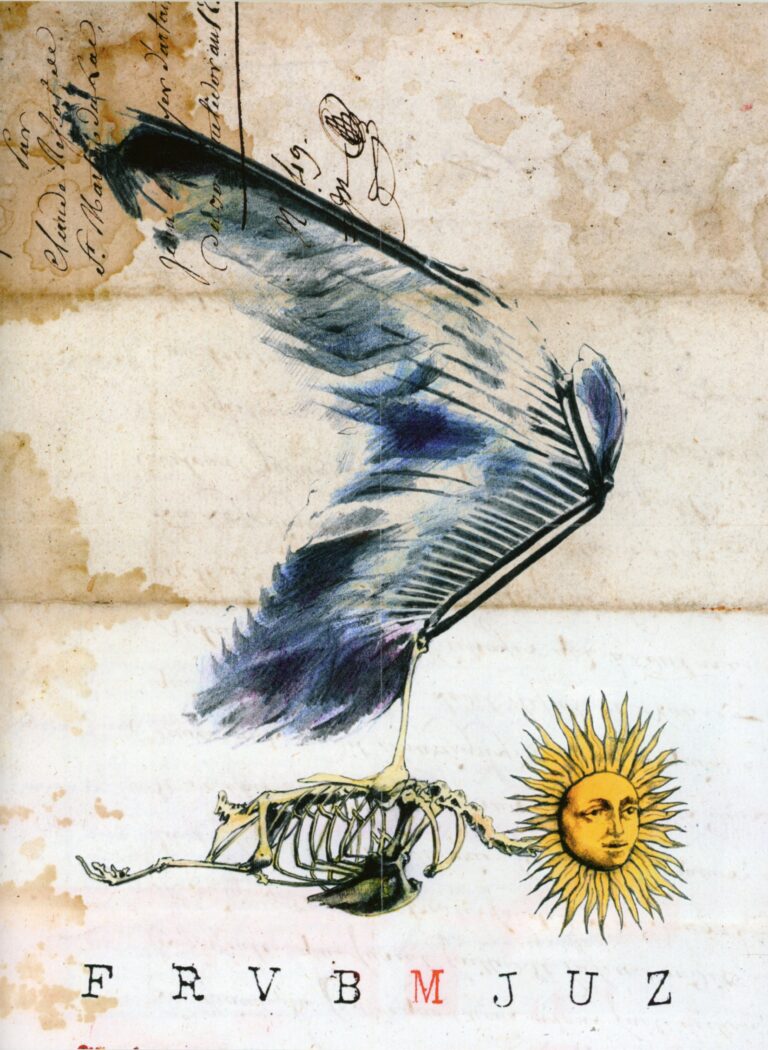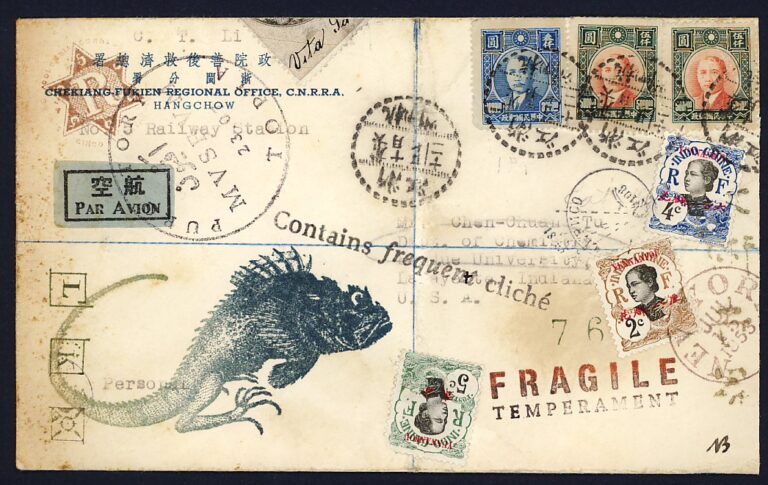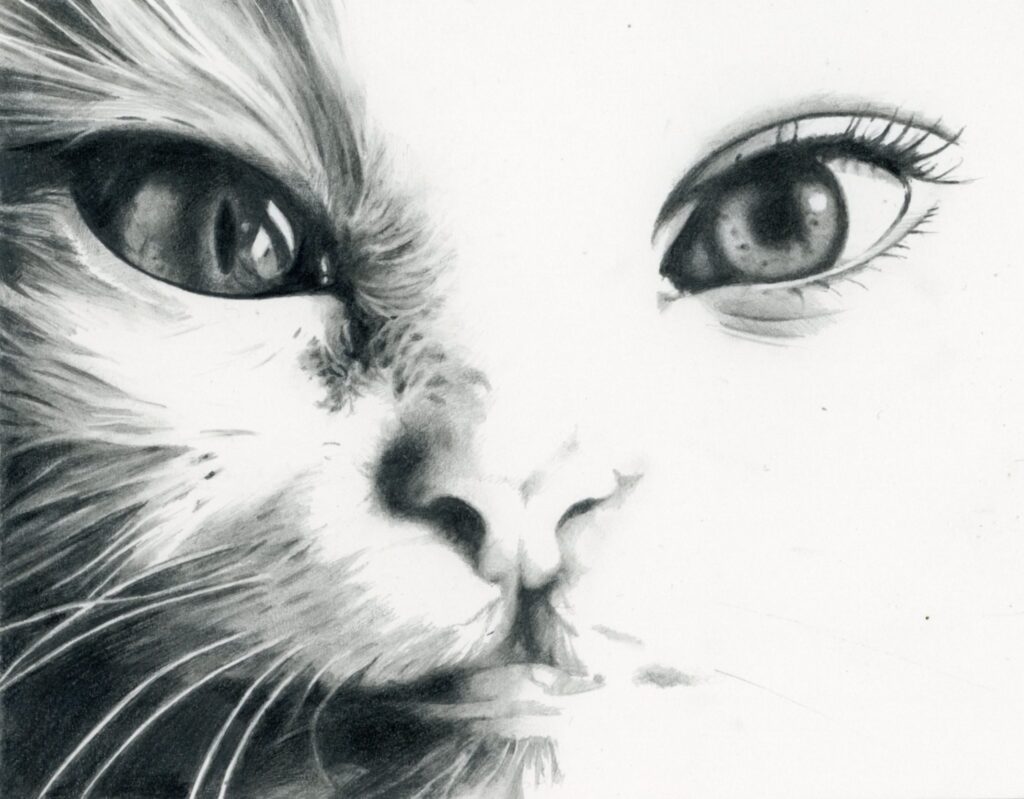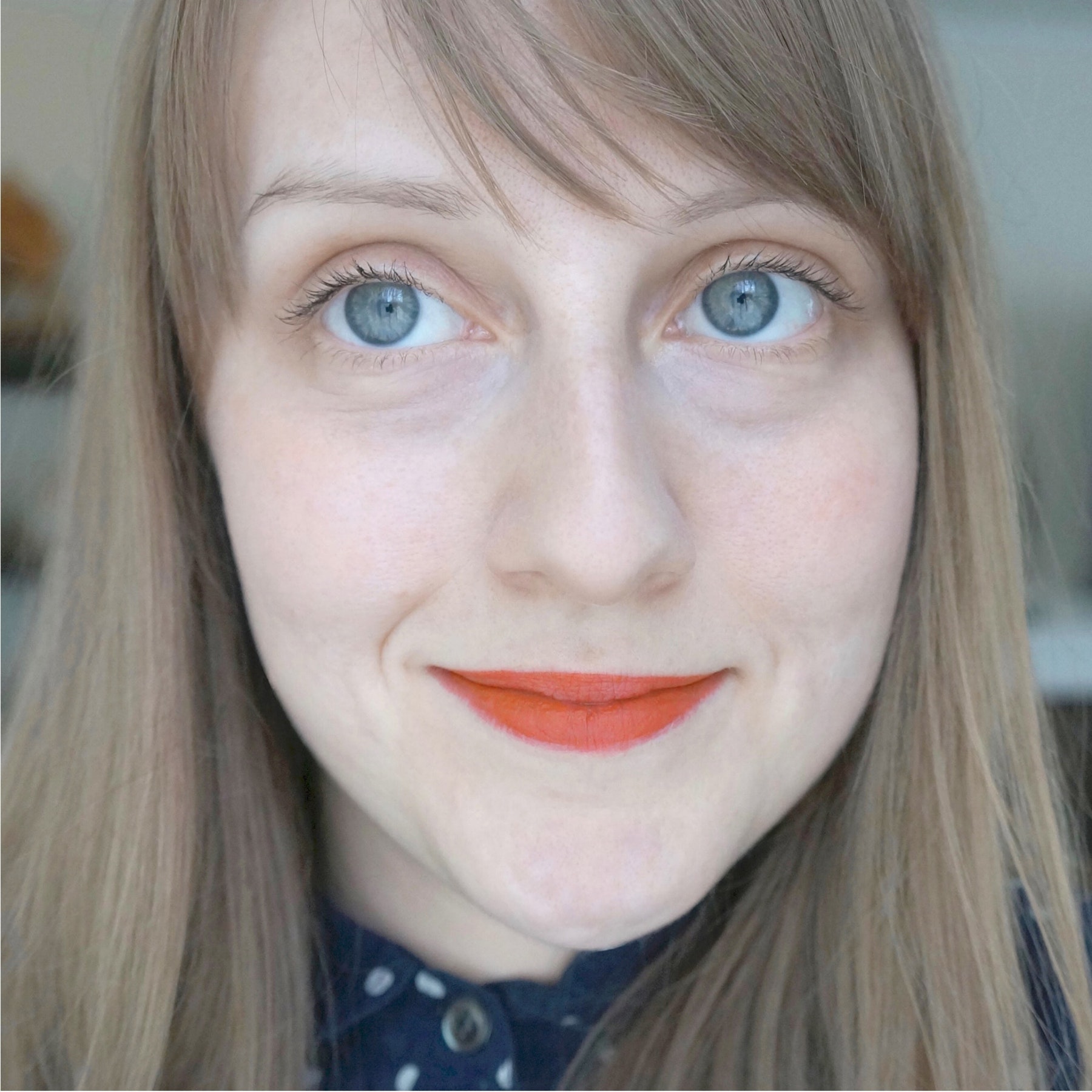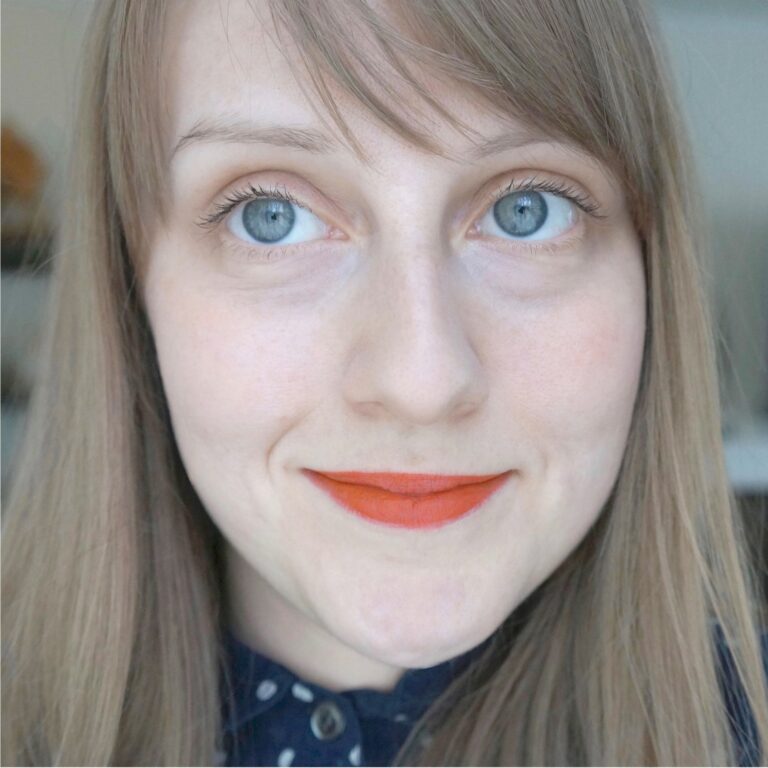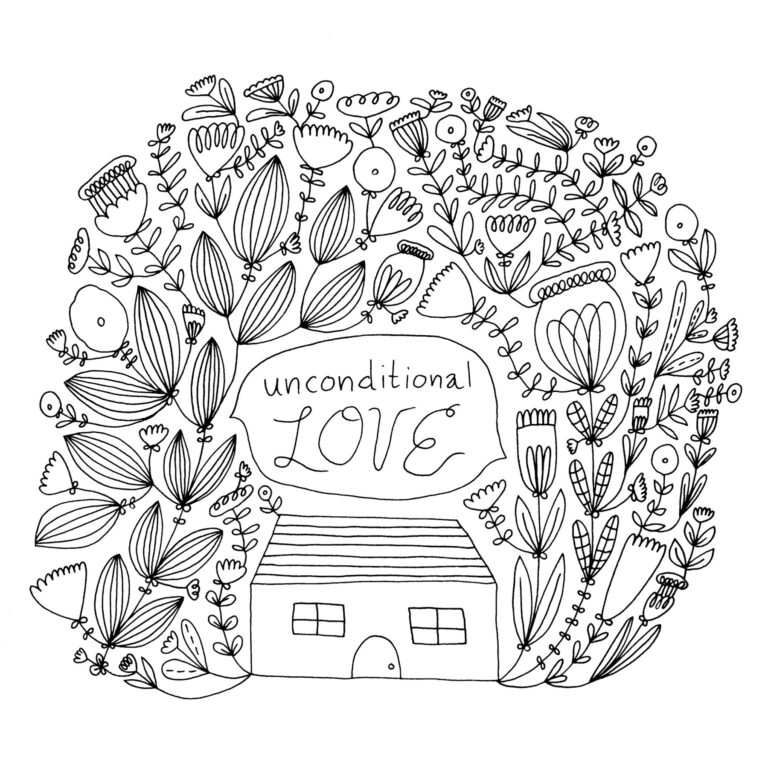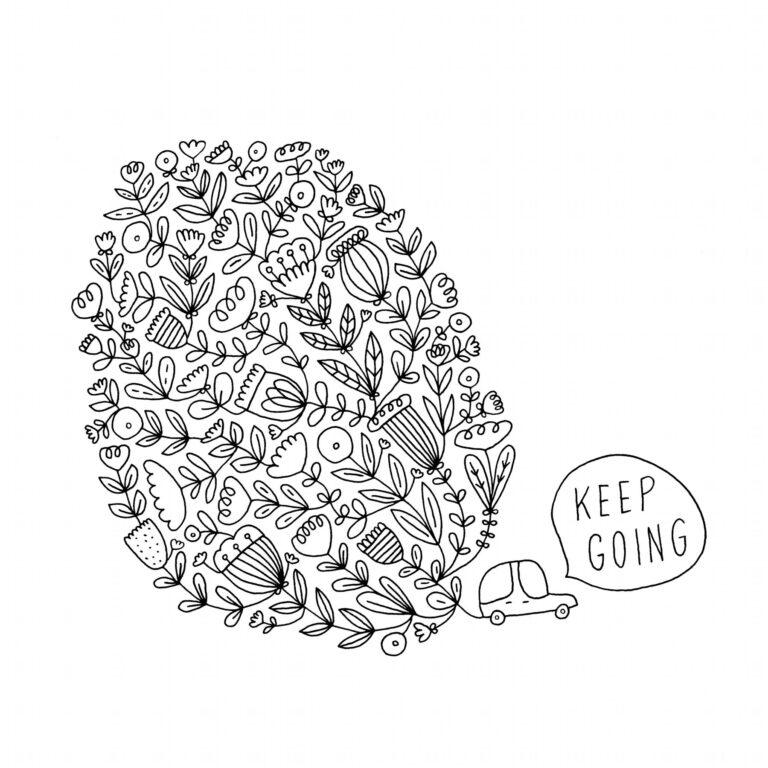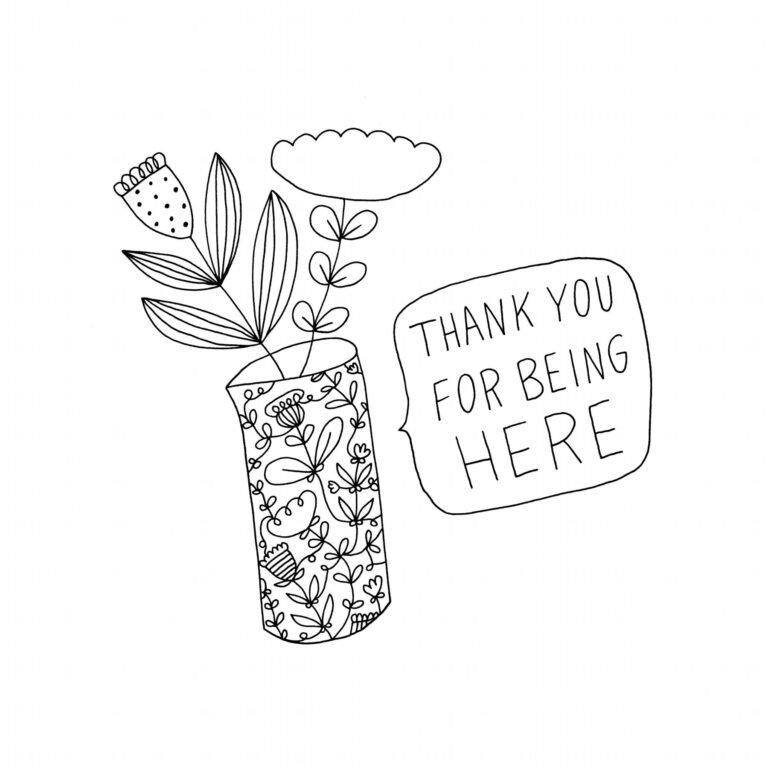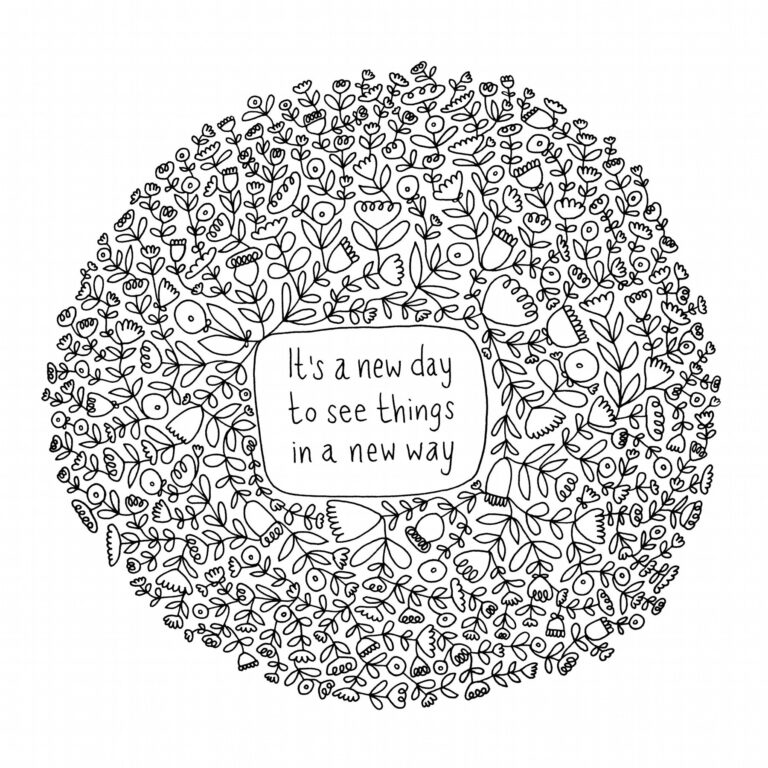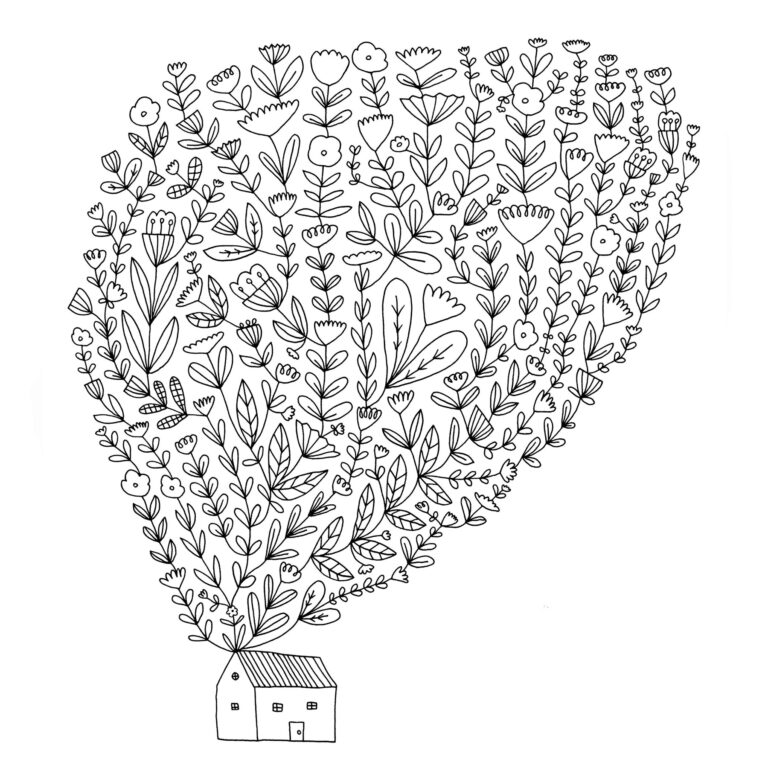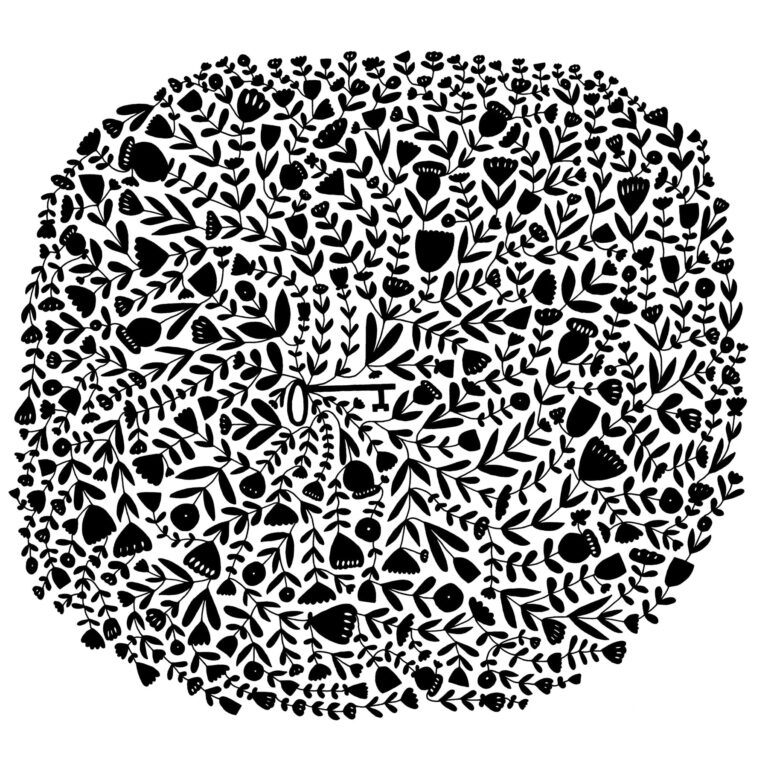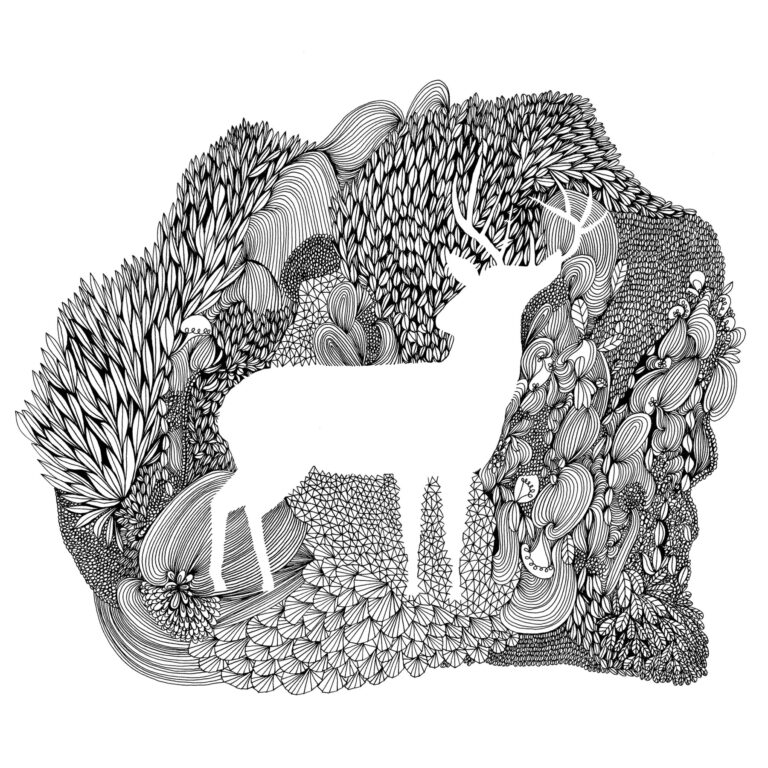#208 Hannah Fitzgibbon: Creativity Coach
Hannah Fitzgibbon is a creativity coach on the South Island of New Zealand. Hannah helps artists have more intention and control over their creative process. She coaches people to develop strategies to get past creative blocks, to be better at time management, and to invite innovation into their business. Through her coaching practice she can help you develop and trust your creativity to find more joy and flow in work you love.
Listen here or download from iTunes, Spotify, Google Play, CastBox, or Stitcher.
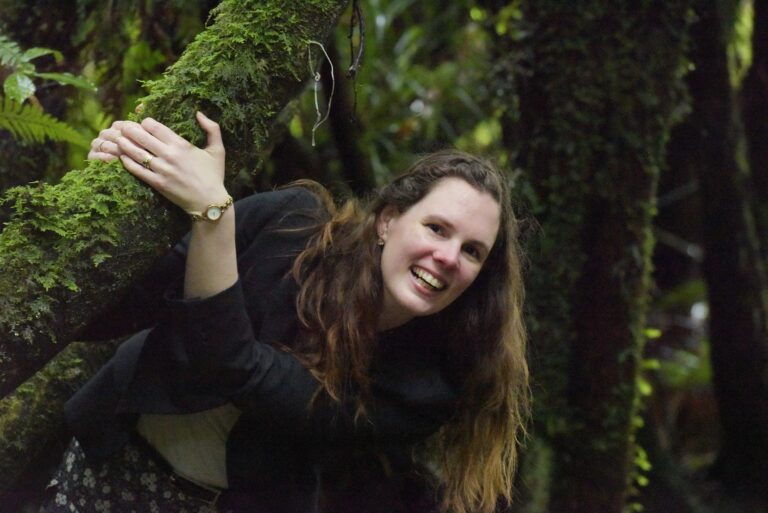
Hannah Fitzgibbon
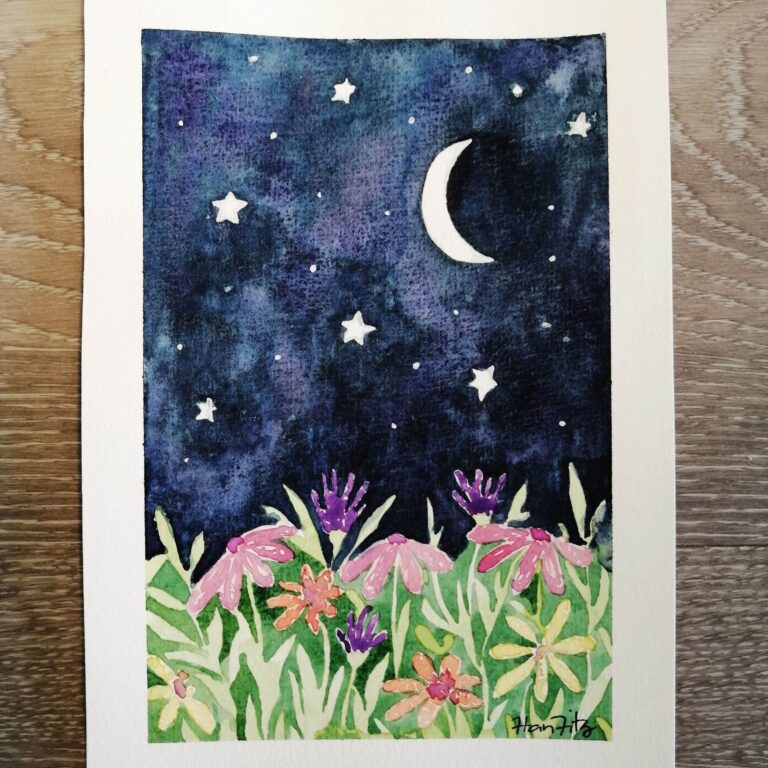
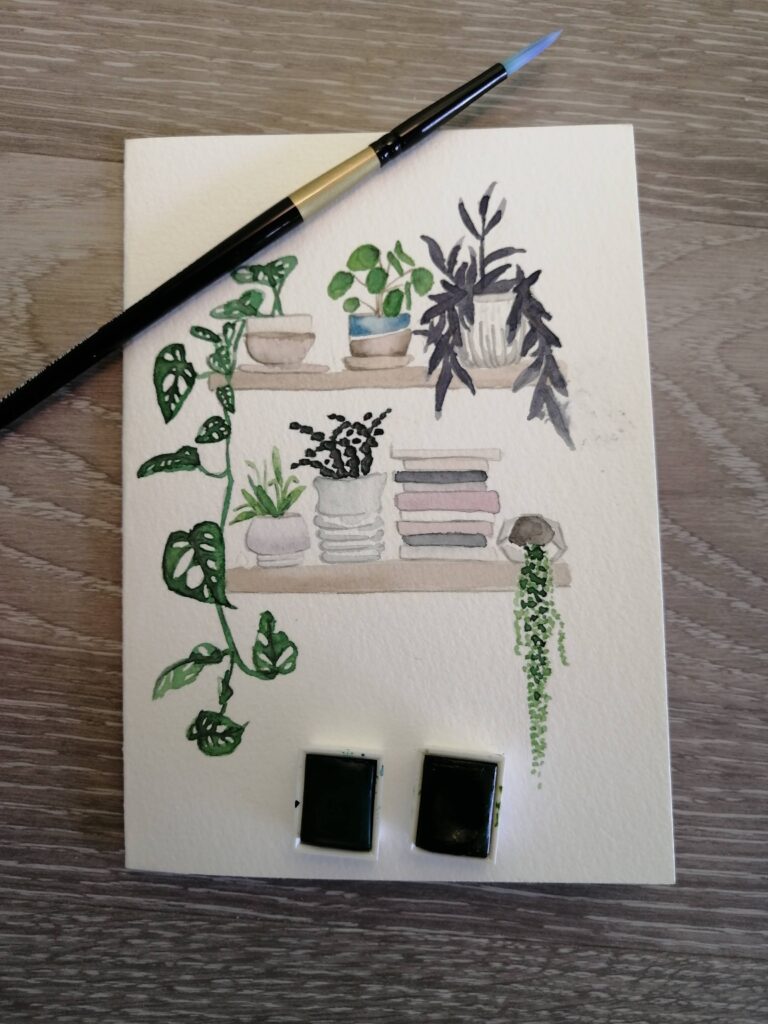
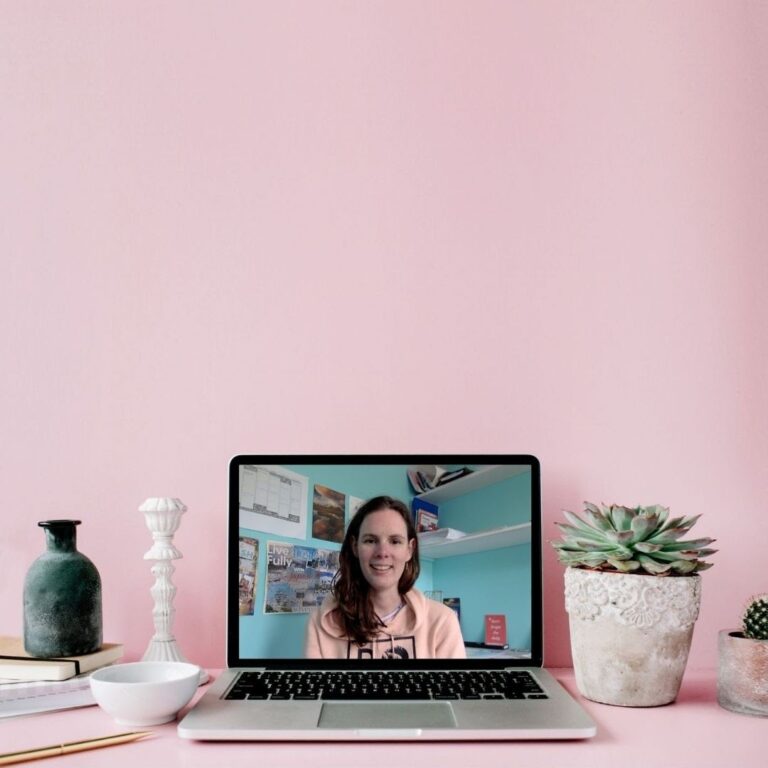
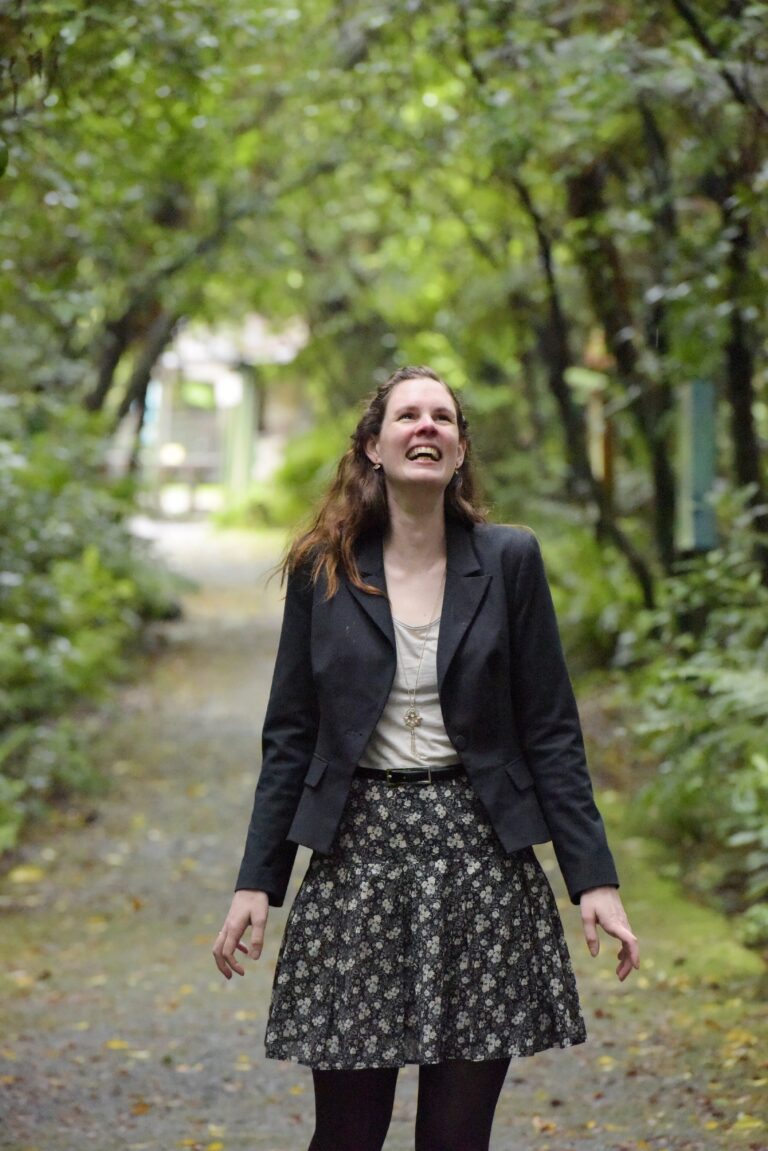
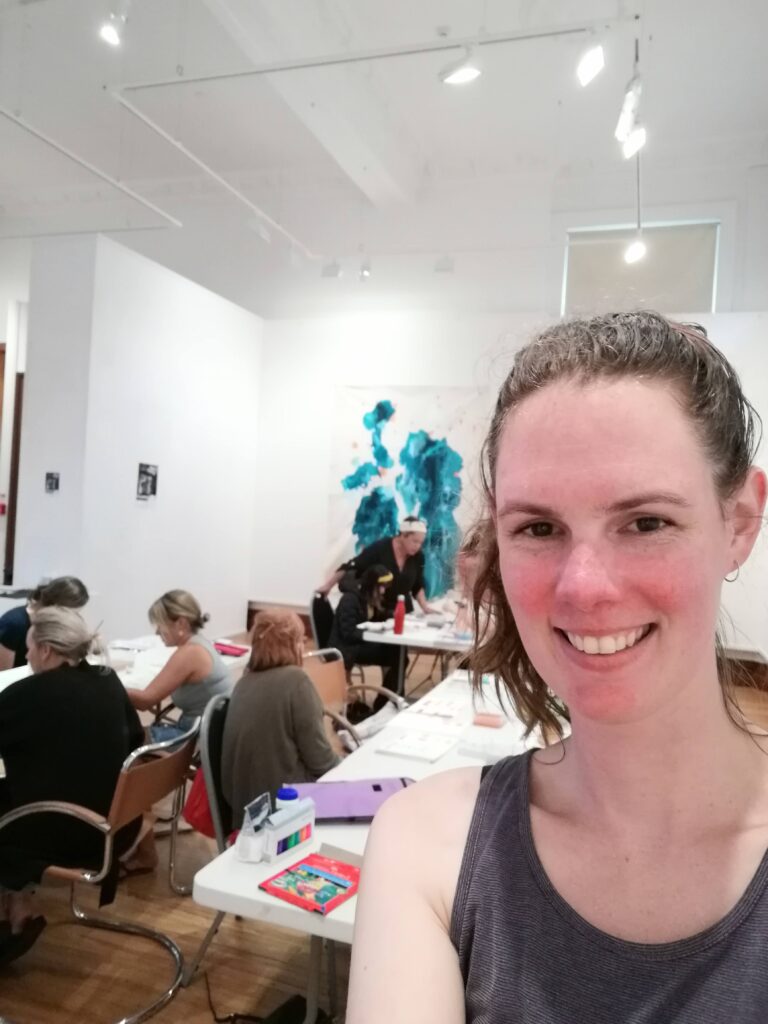
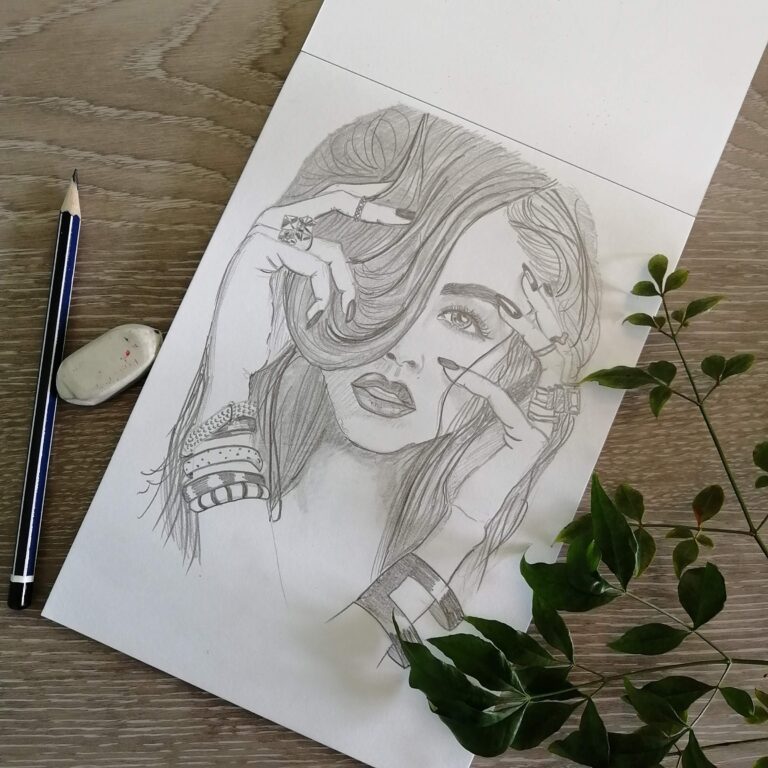
Hannah’s website is creativityreflector.com
She is on Instagram at hanfitz.creates
Her podcast is called Creativity Reflections.
Here are some great takeaways from our conversation:
- When Hannah is helping people with their creativity, she suggests they first create an atmosphere or space where you can really relax, so that you can lean into the skills you already have. This will give you confidence that you can learn new things.
- We talked about the uncertainty that many business owners have been facing this past year. The first thing she mentioned is that you need to understand that your fear and paralysis are completely valid.
- The next thing you can work on is bringing your stress level down. She suggests doing that through movement rather than trying to think your way through it. A walk is a great thing to do for destressing.
- One of the key things when working on a problem is to stop and reflect about what you’ve done so far. You need to give yourself time to evaluate what is working and what is not.
- We can create the conditions to invite inspiration more often by reflecting on what has worked in the past.
- When doing a new project, you want to research and learn new steps to take. However, don’t get sucked into over learning that it then becomes procrastination.
- You also don’t want to be overly responsible, where you don’t allow others to help you with the work.
- For time management, often what helps is getting yourself moving in the right direction but not trying to get something perfect. She also noted that it’s not really about managing time, it’s about managing your energy and prioritizing what you need to do. When you do a task when you have the right energy, it may only take one hour to do, rather than three hours when you aren’t energized.
- Post category:Podcasts/Season 4/Show Notes
